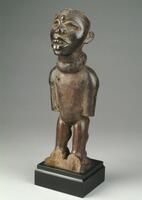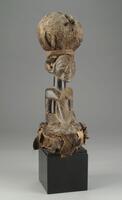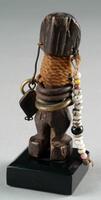73 UMMA Objects
73 UMMA Objects

Igbo (Igbo (Southern Nigerian style, culture))
Mask
1900 – 1978
Gift of Mr. and Mrs. Robert T. Weston
1978/2.14
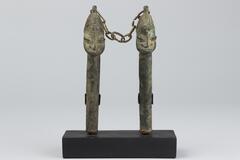
Yoruba (Yoruba (culture or style))
Pair of Staffs
20th century
Gift of Dr. James and Vivian Curtis
1997/1.336
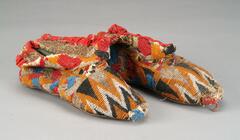
Yoruba (Yoruba (culture or style))
Oba's Slipper (One of a pair)
20th century
Gift of the Honorable Jack Faxon
1998/2.63.1
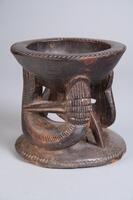
Yoruba (Yoruba (culture or style))
Bowl
1901 – 1999
Gift and partial purchase from the estate of Kurt Delbanco in honor of Nicholas Delbanco
2017/1.669
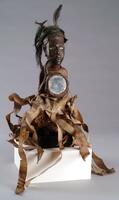
Yombe (Yombe (culture or style))
Power Figure
1850 – 1899
Gift of Candis and Helmut Stern
2005/1.191
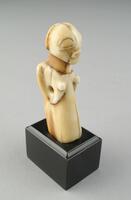
Luba (Luba (culture or style))
Power Figure
1845 – 1855
Gift of Candis and Helmut Stern
2005/1.220.1
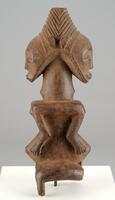
Hemba (Hemba (culture or style))
Power Figure
1865 – 1875
Gift of Candis and Helmut Stern
2005/1.226

Yoruba (Yoruba (culture or style))
Diviner's Staff
1901 – 1999
Gift of Candis and Helmut Stern
2005/1.238

Osei Bonsu;Asante (Asante)
Display figure
1945 – 1955
Gift of Margaret H. and Albert J. Coudron
2001/2.33
Loading…
